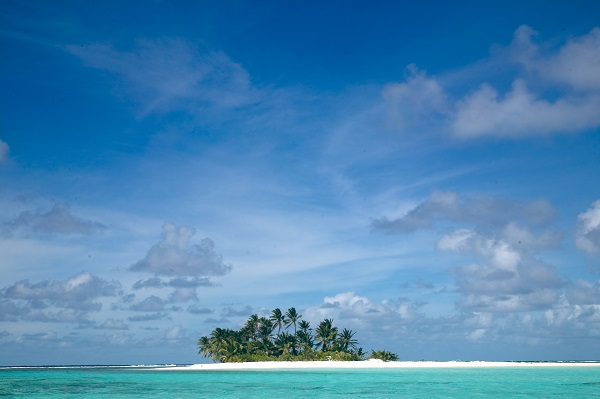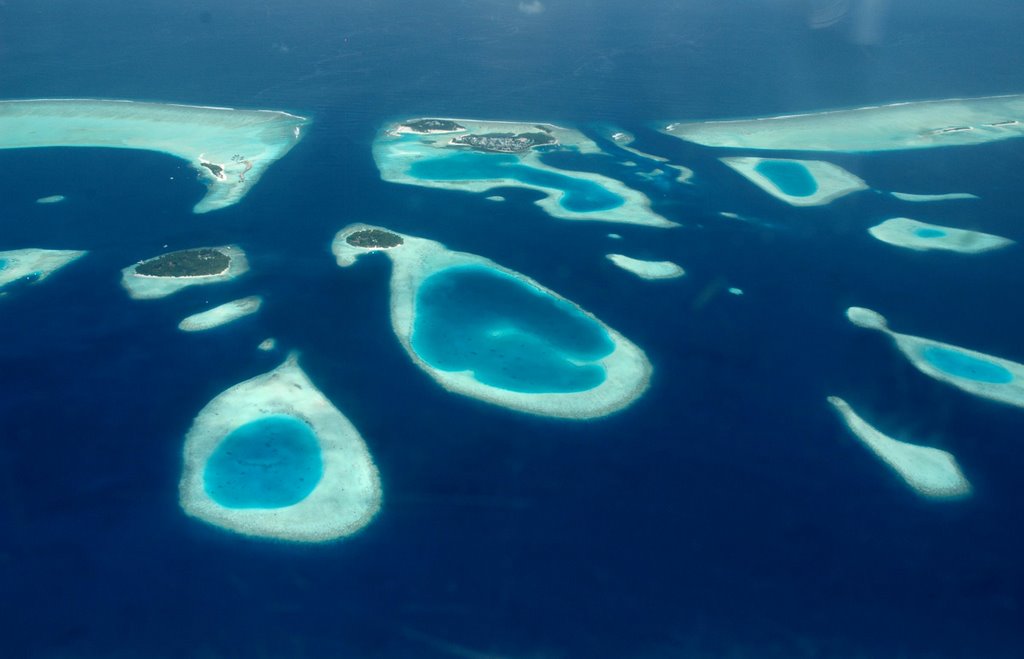River

A river is a natural flowing watercourse, usually freshwater, flowing towards an ocean, sea, lake or another river. In some cases a river flows into the ground and becomes dry at the end of its course without reaching another body of water.
The water of rivers comes from two sources.
Springs
The place where the rainwater which penetrates the surface, gushes up to the surface.
Melting of Ice
water formed from the melting of ice flows down to a lower level, like rain.
The term upriver or upstream refers to the direction towards the source of the river, which is against the direction of flow. The term downriver or downstream describes the direction towards the mouth of the river, in which the current flows.
In the first part of the river, because of the gravity, its course is swift and raging, and so the water wears away the rock and digs out its course to form a valley. On the level the river slows down and proceeds with wide curves, called meanders.
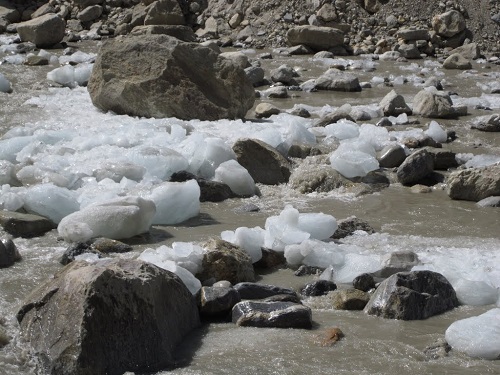 source: internet
source: internet
On its way, the river receives the water of smaller rivers, they are called tributaries. The route of the river finishes at its mouth, where its water flows in the sea.
River Bed
The bed of the river is continuously shaped and molded by the flowing water which wears the earth away at certain points, and deposits debris in others. In this way, the water gradually forms new bends in the river.
Course
The amount of water in a river is not always the same. It increases when there is heavy rain and when ice melts fast than it usual melting speed. During the summer, some rivers dry up completely, when heat of the sun evaporates the water of the river.
Mouth of River
The mouth of a river can be a delta or an estuary, depending on the force of the current of the sea and on the quantity of debris transported by its waters.
At the mouth water of river becomes salty as it mixes with the salty waters of the sea.
Estuary:
Estuary is the mouth of river formed when the current of the sea is strong, the rivers rises and opens out its mouth wider and wider, forming a deep, funnel shaped inlet in the land.
The most commercially important and heavily populated estuaries are the mouths of the major river.
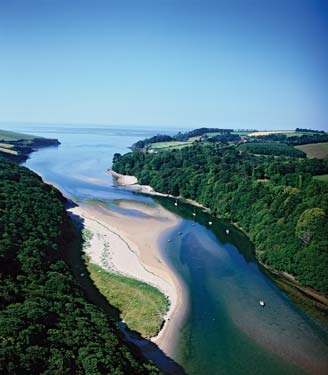 source: internet
source: internet
Delta:
Delta is formed, if the current of the sea is weak the river deposits the materials gathered along its way on the coast. With time, this forms many separation which divides into branches and spread out the river.
There are delta regions near the opening of the rivers Godavari, Ganga, Nile and Mississippi etc.
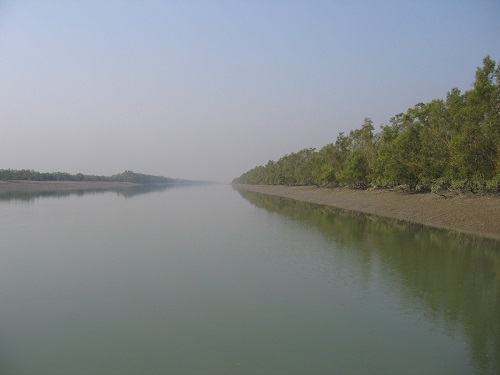 source: internet
source: internet
Waterfall
As a river flows along its course, it meets sudden changes in the level of the earth; the water has to make a jump and falls with force to the earth below, making a waterfall. Sometimes different levels are caused by the gradual erosion by the river itself.
If the water meets a section of rock, the water will gradually eat the soft rocks away, creating a slope which is always a little bit higher. This happens in the mountains where the water level, flowing strongly and rapidly, erodes the rock with some force.
The water which falls from high up, together with debris, digs a wide, deep hole at the base of the waterfall.
 source:internet
source:internet
The highest waterfall in the world is Angel Falls in Venezuela. Its height is 979 meters.




